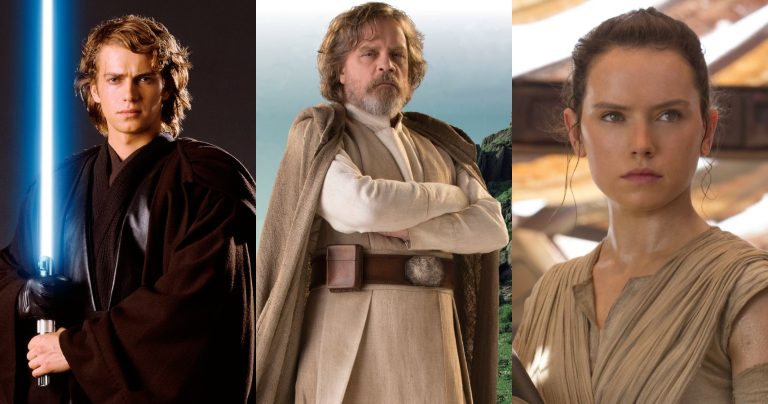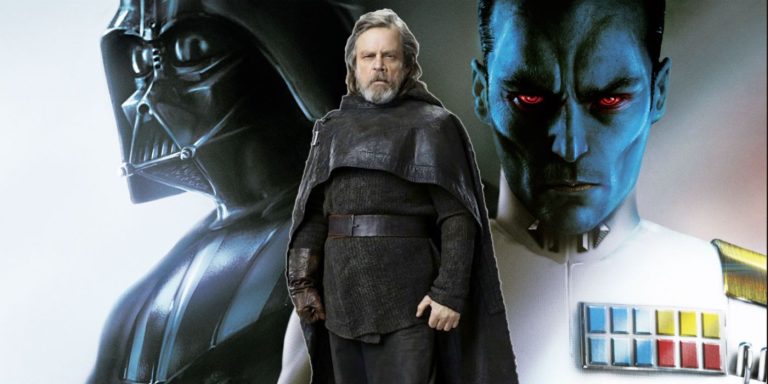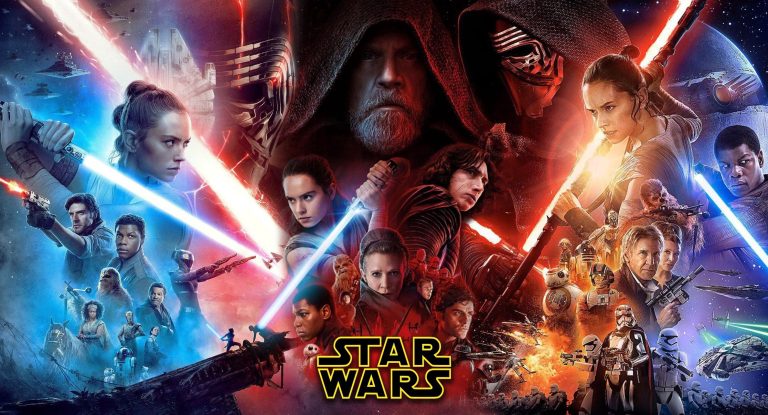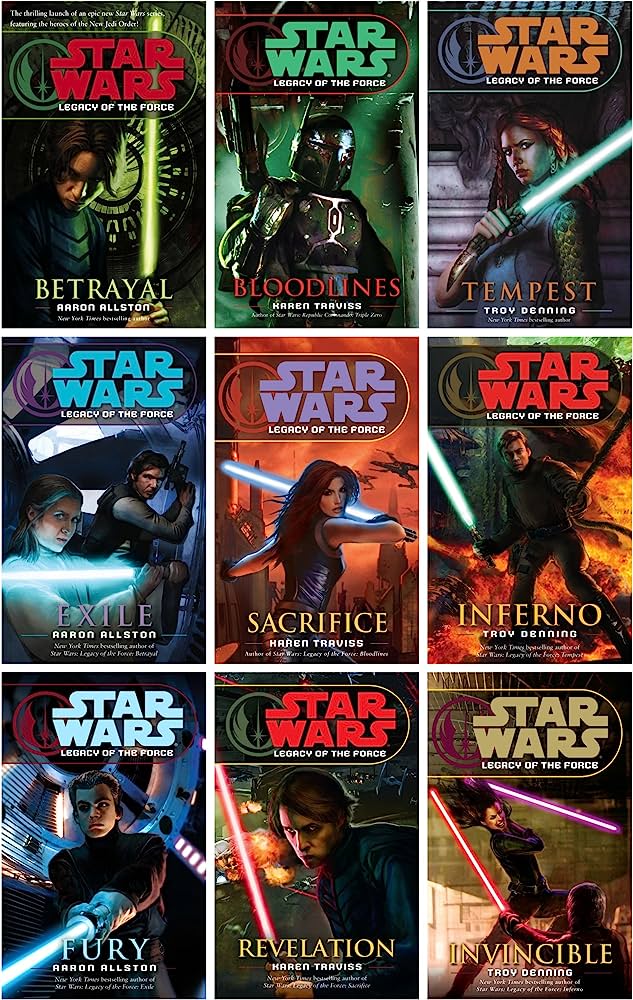Is There A Correct Viewing Order For The Star Wars Movies?
Ah, Star Wars, the beloved franchise that has captured the hearts of millions across the galaxy. Whether you’re a die-hard fan or a newcomer to the series, you might find yourself pondering the question: Is there a correct viewing order for the Star Wars movies? Well, my friend, hold on tight to your lightsaber, because we’re about to dive into this galactic debate.
When it comes to the Star Wars saga, there are multiple ways to experience the epic story. Some say you should start with the original trilogy, while others argue for a chronological approach. And let’s not forget about the machete order, the release order, or even the controversial prequel order. With so many options floating around like starships in hyperspace, it’s easy to feel overwhelmed.
But fear not, Padawan! We’re here to guide you through the intergalactic maze and help you find the viewing order that suits you best. So, grab your popcorn, hop into your X-wing, and get ready for an adventure that will take you to a galaxy far, far away. May the Force be with you as we embark on this cinematic journey through the Star Wars universe.
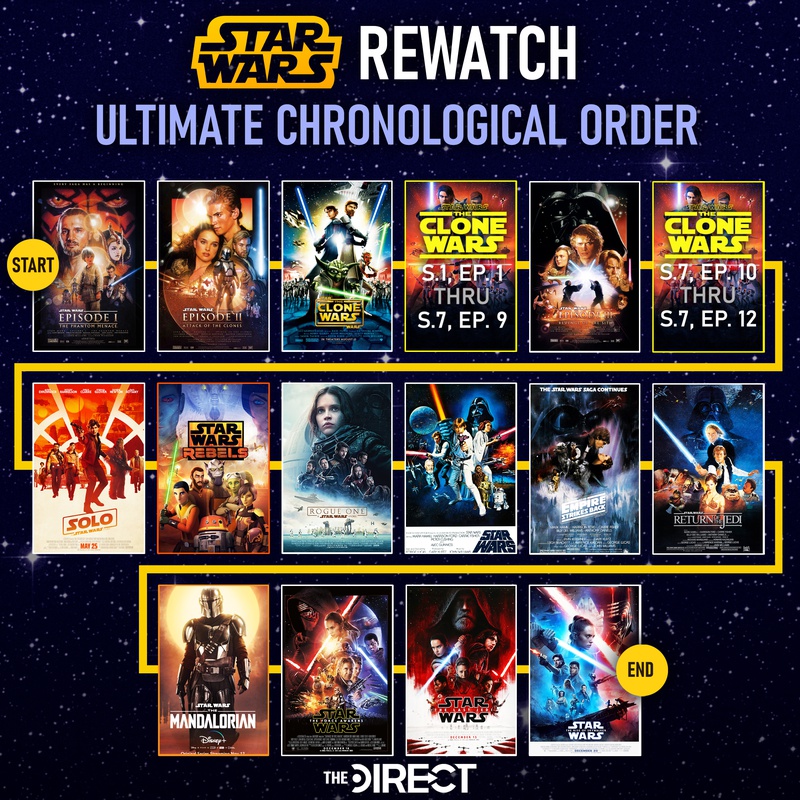
Is there a Correct Viewing Order for the Star Wars Movies?
Star Wars, the epic space opera franchise, has captured the hearts of millions of fans around the world. With its rich universe, compelling characters, and thrilling storylines, it’s no wonder that many people want to experience the movies in the best possible way. But when it comes to the viewing order of the Star Wars films, there has been much debate and confusion. Should you watch them in the order they were released, or is there a different order that provides a better viewing experience? In this article, we will explore the various viewing orders and help you decide which one is right for you.
Release Order: The Original Experience
The release order of the Star Wars movies is the order in which they were originally released in theaters. This means starting with “Star Wars: Episode IV – A New Hope” (1977), followed by “The Empire Strikes Back” (1980), “Return of the Jedi” (1983), “The Phantom Menace” (1999), “Attack of the Clones” (2002), “Revenge of the Sith” (2005), “The Force Awakens” (2015), “The Last Jedi” (2017), and “The Rise of Skywalker” (2019). Watching the movies in this order allows you to experience the story the way it was intended to be told, with the original trilogy followed by the prequel trilogy and then the sequel trilogy.
One of the advantages of watching the Star Wars films in release order is that you get to experience the same sense of discovery and surprise that audiences had when the movies first came out. You can see how the story unfolds over time and how the characters develop and evolve. It also allows you to appreciate the technological advancements and improvements in special effects that were made throughout the years.
The Prequel Trilogy: A Backstory to the Original Saga
The prequel trilogy, consisting of “The Phantom Menace,” “Attack of the Clones,” and “Revenge of the Sith,” takes place before the events of the original trilogy. It delves into the backstory of characters like Anakin Skywalker (who later becomes Darth Vader) and Obi-Wan Kenobi, and explores the rise of the Galactic Empire and the fall of the Jedi Order. Watching the prequels after the original trilogy provides a deeper understanding of the characters and the events that shaped the Star Wars universe.
One of the benefits of watching the prequels after the original trilogy is that it allows you to experience the story in chronological order. You can see how the events of the prequels set the stage for the original trilogy and gain a new perspective on the characters and their motivations. It also adds an element of suspense and anticipation, as you discover how the events of the past shaped the future.
However, there are some potential downsides to watching the movies in release order. One of the main criticisms is that the prequels, which were made after the original trilogy, have a different visual style and tone. Some fans argue that watching the prequels first can disrupt the continuity and flow of the story. Additionally, the prequels reveal certain plot twists and character developments that were intended to be surprises in the original trilogy. Watching the movies in release order may diminish the impact of these surprises.
Key Takeaways: Is there a correct viewing order for the Star Wars movies?
- There are different viewing orders for the Star Wars movies, but no single “correct” order.
- The release order (Episodes IV, V, VI, I, II, III, VII, VIII, IX) is the most common and recommended viewing order.
- Some fans prefer the chronological order (Episodes I, II, III, IV, V, VI, VII, VIII, IX) to experience the story in chronological order.
- Another popular viewing order is the “Machete Order” (IV, V, II, III, VI, VII, VIII, IX), which skips Episode I to focus on Luke Skywalker’s journey.
- Ultimately, it’s up to personal preference and whether you want to prioritize the original trilogy or follow the chronological story.
Frequently Asked Questions
Are you wondering about the correct viewing order for the Star Wars movies? It’s a common question among fans, especially with the release of new movies and TV shows in the Star Wars universe. In this article, we will explore the different viewing orders and provide insights to help you decide which order is best for you.
Question 1: What is the chronological order of the Star Wars movies?
If you prefer to watch the Star Wars movies in chronological order, you start with “Episode I: The Phantom Menace” and continue through the prequel trilogy (“Episodes II: Attack of the Clones” and “Episode III: Revenge of the Sith”). After that, you move on to the original trilogy with “Episode IV: A New Hope,” “Episode V: The Empire Strikes Back,” and “Episode VI: Return of the Jedi.” Finally, you conclude with the sequel trilogy (“Episode VII: The Force Awakens,” “Episode VIII: The Last Jedi,” and “Episode IX: The Rise of Skywalker”). This viewing order allows you to experience the story as it unfolds in chronological order.
However, it’s important to note that this order can be a bit jarring for first-time viewers, as it reveals certain plot twists and surprises earlier than intended. Additionally, the prequel trilogy provides backstory and context for the original trilogy, so watching them in release order may enhance your understanding and appreciation of the overall story.
Question 2: What is the release order of the Star Wars movies?
The release order of the Star Wars movies is another popular viewing option. This order follows the order in which the movies were released in theaters. It starts with “Episode IV: A New Hope,” followed by “Episode V: The Empire Strikes Back” and “Episode VI: Return of the Jedi.” After that, you go back to the beginning with the prequel trilogy, starting with “Episode I: The Phantom Menace” and continuing through “Episodes II: Attack of the Clones” and “Episode III: Revenge of the Sith.” Finally, you end with the sequel trilogy, beginning with “Episode VII: The Force Awakens,” “Episode VIII: The Last Jedi,” and concluding with “Episode IX: The Rise of Skywalker.”
Watching the movies in release order allows you to experience the story as it was originally presented to audiences. It also preserves the surprises and plot twists as they were intended. Many fans argue that this is the best way to watch the Star Wars saga.
Question 3: What is the Machete Order for watching the Star Wars movies?
The Machete Order is a popular alternative viewing order for the Star Wars movies. It involves watching the movies in a specific sequence to enhance the narrative and preserve certain surprises. The order goes as follows: “Episode IV: A New Hope,” “Episode V: The Empire Strikes Back,” “Episode II: Attack of the Clones,” “Episode III: Revenge of the Sith,” and finally, “Episode VI: Return of the Jedi.”
This order skips “Episode I: The Phantom Menace” entirely, as some fans believe it adds little to the overall story. By starting with “A New Hope,” you are introduced to the original trilogy and the most iconic characters first. Then, after the big reveal in “The Empire Strikes Back,” you go back in time to explore the origins of Darth Vader in the prequel trilogy. Finally, you return to “Return of the Jedi” to see the conclusion of the saga. The Machete Order aims to streamline the story and maintain the element of surprise.
Question 4: Are there any other viewing orders worth considering?
Yes, there are a few other viewing orders that some fans enjoy. One such order is the “Flashback Order,” which starts with “Episode IV: A New Hope,” then jumps to “Episode II: Attack of the Clones” and “Episode III: Revenge of the Sith” to explore Anakin Skywalker’s backstory. After that, you go back to “Episode V: The Empire Strikes Back” and “Episode VI: Return of the Jedi” to continue the original trilogy. This order provides an interesting mix of chronological and flashback storytelling.
Another order to consider is the “Solo Order,” which incorporates the standalone film “Solo: A Star Wars Story” into the viewing experience. This order starts with “Episode IV: A New Hope,” then goes to “Solo: A Star Wars Story,” followed by “Episode V: The Empire Strikes Back,” “Episode II: Attack of the Clones,” “Episode III: Revenge of the Sith,” and finally, “Episode VI: Return of the Jedi.” This order allows you to see the events of “Solo” before diving into the rest of the saga.
Question 5: Can I skip certain Star Wars movies?
While it’s ultimately up to personal preference, many fans argue that each Star Wars movie contributes something valuable to the overall saga. However, if you’re short on time or simply not interested in certain movies, you can skip them. Just keep in mind that skipping movies may result in missing out on important plot points, character development, or references to previous films.
If you do decide to skip certain movies, it’s recommended to at least familiarize yourself with the key plot points or summaries to ensure you have a basic understanding of the story. Star Wars is a rich and interconnected universe, and each movie adds to its depth and lore.
The BEST Order To Watch STAR WARS | Mashable Explains
Final Thoughts
After exploring the question of whether there is a correct viewing order for the Star Wars movies, it is clear that there is no one-size-fits-all answer. The Star Wars saga is a vast and complex universe that offers multiple perspectives and entry points for viewers. Whether you choose to watch the movies in chronological order, release order, or even a unique personalized order, the most important thing is to enjoy the journey and immerse yourself in the captivating storytelling that has captivated fans for decades.
While some fans argue that watching the movies in chronological order provides a comprehensive understanding of the story, others believe that experiencing the original trilogy first captures the essence and magic of the Star Wars universe. Ultimately, the decision is up to you and what you value most in your viewing experience. Whether you’re a die-hard fan or a newcomer to the franchise, the Star Wars movies offer a thrilling adventure that can be enjoyed in any order you choose.
So, grab your lightsaber, gather your friends, and prepare for an epic journey through a galaxy far, far away. May the Force be with you as you embark on your own Star Wars marathon, however you decide to watch the movies. Remember, it’s not about the order, but about the joy and excitement that these iconic films bring to fans of all ages. May your viewing experience be filled with awe, wonder, and the timeless magic of Star Wars.

